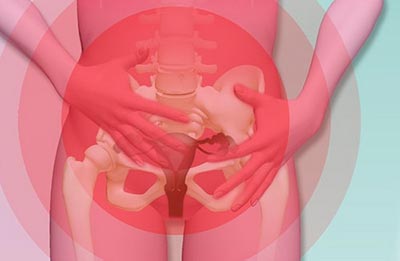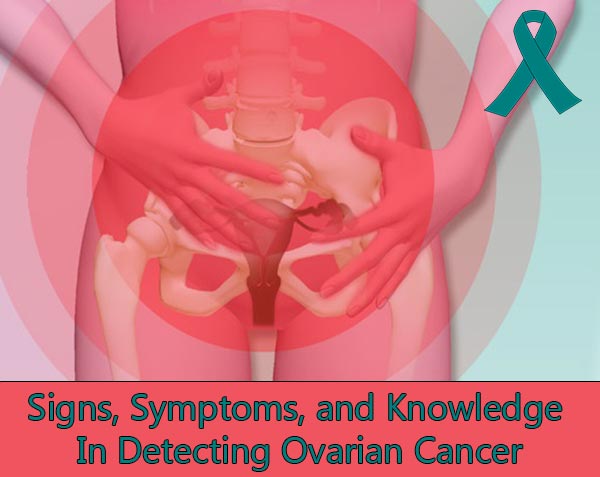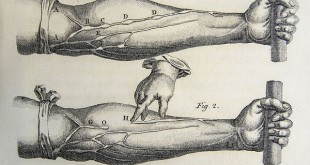Signs, Symptoms, and Knowledge In Detecting Ovarian Cancer
It may not be new information to you, but it’s always worth reminding yourself: Many cancers are best fought with early detection. Catching on to the early signs and symptoms can make all the difference when it comes to swift and effective treatment and getting back to optimum health in the long term.
According to the American Cancer Society (ACS), only about 20% of ovarian cancer is detected in the early stages. Why? The tricky thing about this particular cancer is that the signs and symptoms are not always so clear. They are so subtle and common that you probably wouldn’t expect cancer to be the culprit. And actually, these symptoms can be experienced due to a plethora of other factors too. With a little guidance, you will be on your way to early detection and keeping yourself healthy.
Since the ovaries are nestled alongside the bladder, intestines, and the gut, it can be hard to determine exactly the root of a telling symptom. Small tumors are difficult to feel here, and even in a pelvic exam, doctors can miss these hard points deep in your abdominal cavity.
Although it takes a sensitivity to what’s going on in your body as well as some courage and patience, detecting early signs of ovarian cancer is possible in these simple 4 steps.
1. Keep in mind your likeliness for ovarian cancer.
Ovarian cancer can happen to any woman, but this disease is more likely to occur for those with certain history and at certain ages.
This cancer can be hereditary, so women who have a history of ovarian cancer in their families should be sure to check for symptoms or irregular sensations. Women with a personal history of breast, uterine, or colon cancer are also at higher risk.
While a woman can be sensitive and check up on any changes or irregularities at all ages, it is more and more important to do these checks throughout the years, as the risk for ovarian cancer increases with age. This cancer is much more likely to occur in women over 40 years.
Knowing your likeliness for this cancer can motivate you to be even more diligent in keeping up with what is happening in your body, however it is not a bill of clean or poor health. Having all of these risk factors does not mean one will get ovarian cancer, and having none of these risk factors does not mean you cannot be diagnosed with ovarian cancer.
2. Note these common symptoms.

Since the ovaries aren’t the most accessible parts of the body, symptoms are a little harder to pinpoint. There are, however a few easy indications of early ovarian cancer to keep in mind. These signs can commonly occur in people who do not have ovarian cancer, but if you experience one or more of these symptoms on a regular basis without cease, you may be in the process of detecting a greater problem.
– Abdominal or pelvic pressure or pain- Excessive bloating – Difficulty while eating – Feeling full after eating minimal amounts of food – Recent and rapid weightless – Increased urge to urinate or increased frequency in urination
While these signs are very typical indications of early stage ovarian cancer, a few other symptoms are commonly reported as well.
– Fatigue- Indigestion- Constipation – Back pain – Pain during intercourse – Irregular menstrual cycle
If you notice that you’ve experienced one or a few of these symptoms, keep in mind that they are merely indications that something could be amiss and are definitely not a diagnosis of ovarian cancer.
These symptoms can commonly occur in women who do not have ovarian cancer, and it is likely that most women will experience one or more of these symptoms at some point in their lives. To rule out the possibility of ovarian cancer, one must not only stay attuned to these signs but also track the regularity of these conditions.
3. Keep a journal of your symptoms.

These symptoms can all be a normal part of a new diet, change in environment, or reaction to many factors other than ovarian cancer. For this reason, it is just as important to keep track of how often and with what intensity you are experiencing these symptoms as it is to notice them in the first place. Keep track of the signs every day by keeping a journal. It’s a simple and free method that could help save your life.
As you journal your appetite, your digestion, and any pains or problems, gather up a few weeks of data and know that there are a few traits common in ovarian cancer symptoms:
– They come on suddenly – They often feel different than usual menstrual or digestive irregularities – They occur in a very consistent manner without going away
After about two weeks, you may be able to tell if your symptoms line up with the nature and frequency of ovarian cancer indicators. If you have any worries that your signs align with this trajectory, you may have just done some great work in detecting early cancer.
That brings us to the next point…
4. See a doctor, or a few doctors.

The best place to start when seeking medical attention with these early signs is with your gynecologist. A pelvic exam is a good way for your doctor to discover abnormalities or problems. If your doctor doesn’t find anything irregular, you can always consult your regular physician or a different gynecologist for a second opinion.
Since ovarian tumors can be very small, a transvaginal ultrasound (TVUS) is often also necessary. In this test, sound waves can indicate the presence of a tumor but cannot determine whether or not it is benign.
If a tumor is detected through the ultrasound, further testing is necessary to check for cancer within your blood and tissue samples. Cancer is often painful and scary to consider. However, by being sensitive to fluctuations in your body, tracking these symptoms, and consulting your doctor, you can give yourself the best shot at effective, early treatment.
 Home and Gardening Ideas At home and Gardening ideas we believe inspiring readers about homesteading, self sufficiency
Home and Gardening Ideas At home and Gardening ideas we believe inspiring readers about homesteading, self sufficiency






